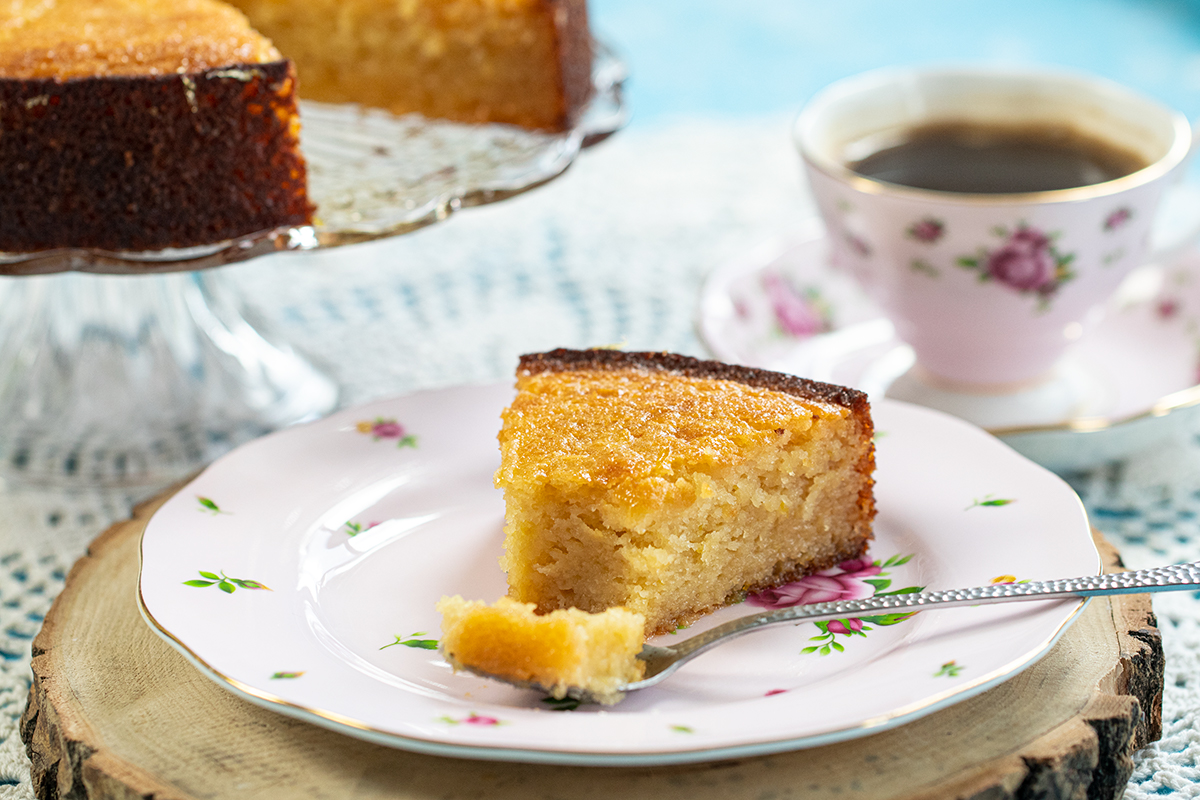This is one of my favourite Greek recipes! I hate using processed white sugar and love using Greek honey wherever I can. My in-laws will bring honey back from Greece and its so good that I even feel bad using it for one single recipe, but this cake is definitely worth it. Check out this recipe 

 www.dimitrasdishes.com
www.dimitrasdishes.com

Greek Honey Cake
Simple and extra moist Greek honey cake! Honey Cake Watch the Video My extra moist Greek honey cake is light, sweet, and has a lot of honey flavor. Orange zest and juice give it just
 www.dimitrasdishes.com
www.dimitrasdishes.com




